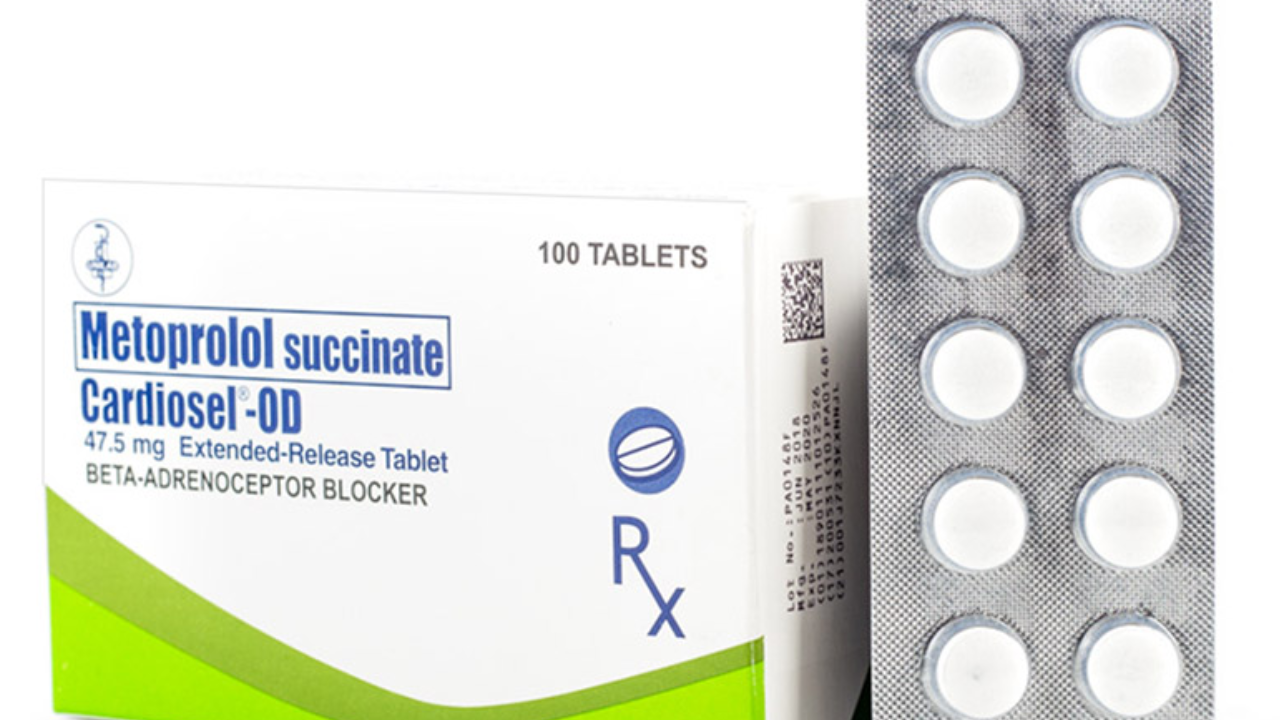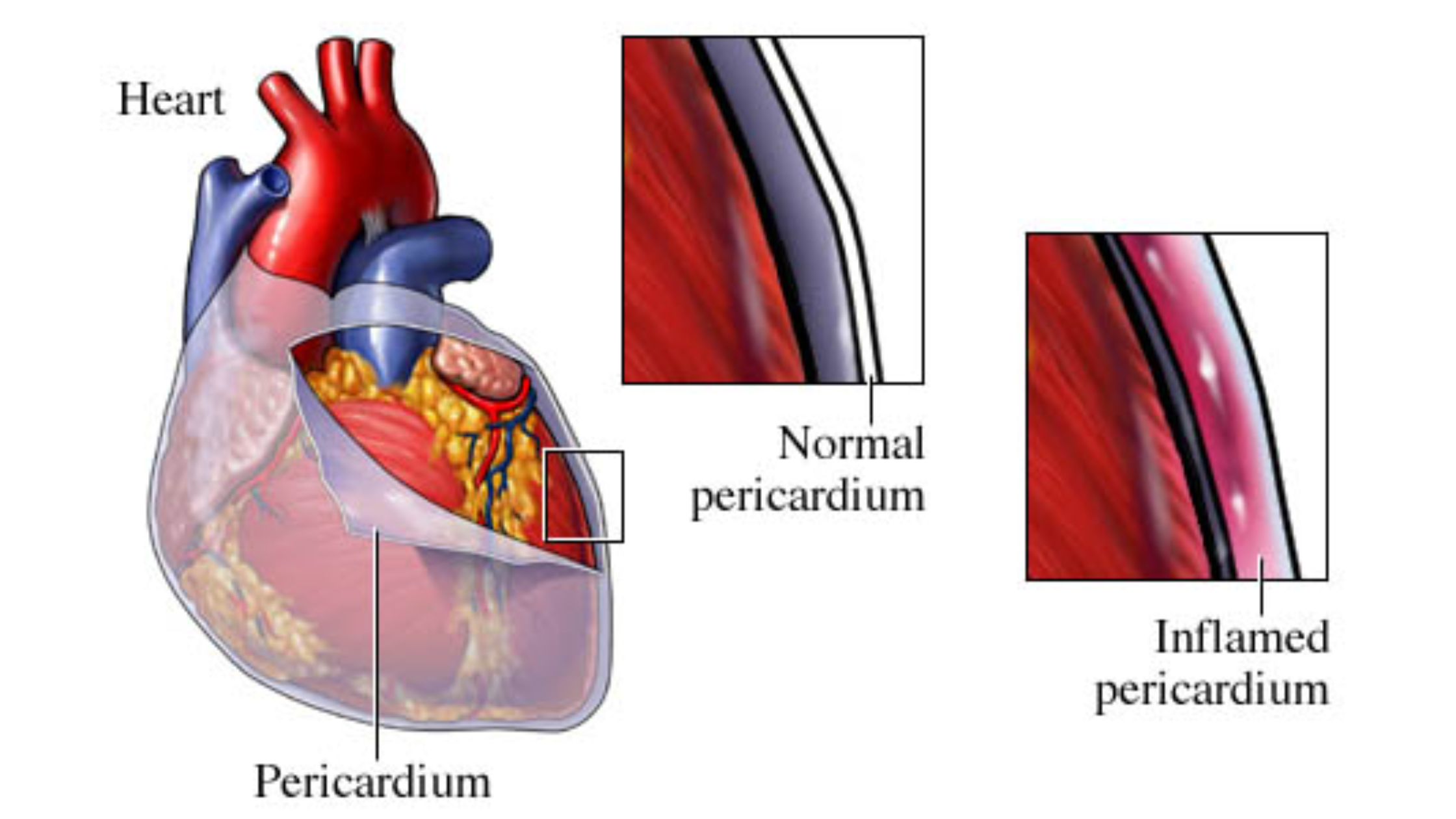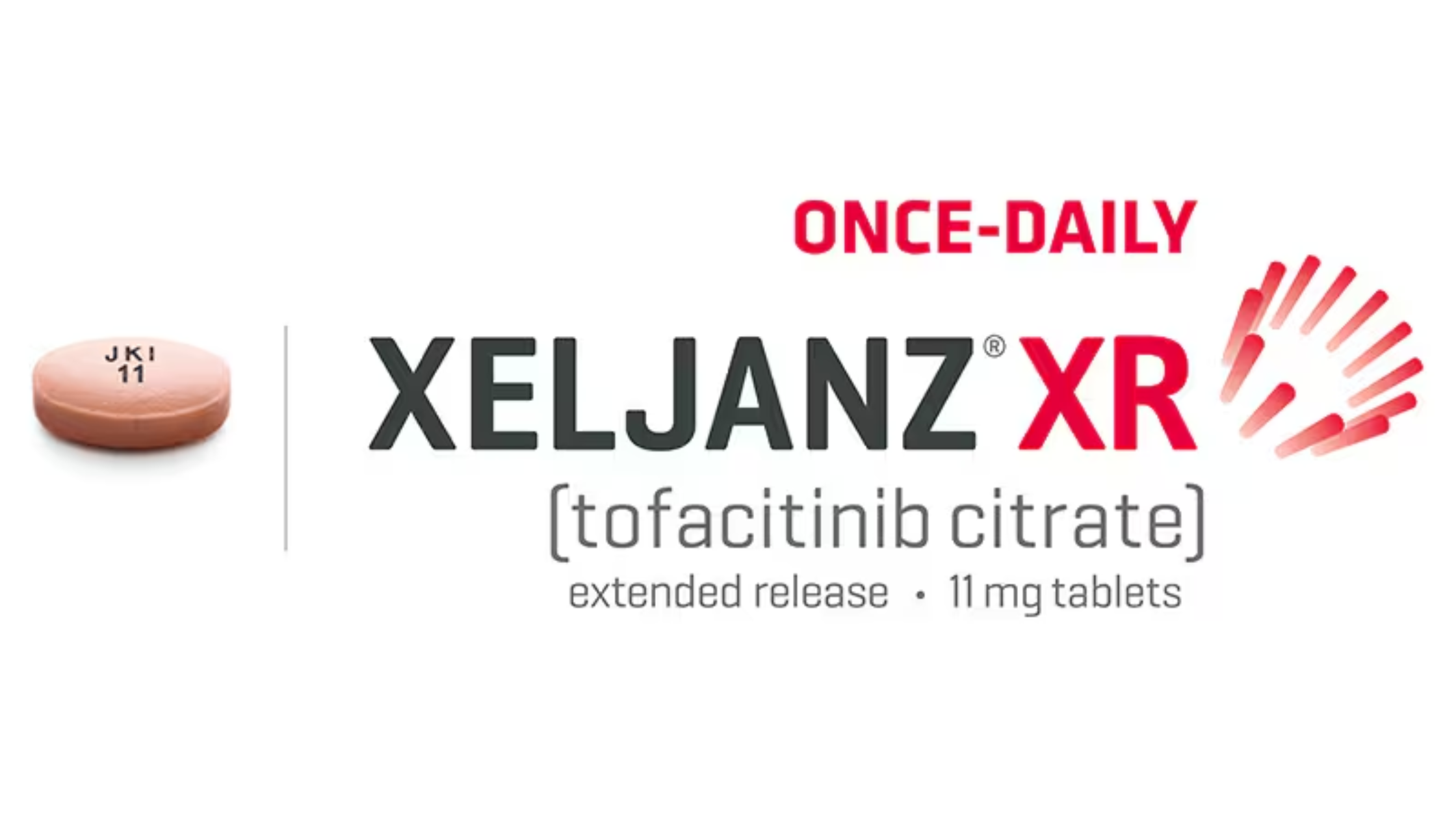Last updated on March 11th, 2025 at 01:43 pm
what is Metoprolol succinate used for? Metoprolol succinate is a widely prescribed medication for managing high blood pressure and heart-related conditions. But what exactly is it? How does it work? And what should you know before taking it? This guide provides a breakdown of metoprolol succinate, covering its uses, dosage, side effects, comparisons, and safety precautions.
Metoprolol Succinate Definition
Chemically, Metoprolol succinate medication is a white or almost white crystalline powder/tablet. It is freely soluble in liquid water and methyl alcohol. It is also slightly soluble in alcohol and very slightly soluble in ethyl acetate.
Metoprolol succinate is a beta-blocker used primarily to treat high blood pressure (hypertension), chest pain (angina), and heart failure. It slows down the heart rate and reduces its workload hence helping to prevent strokes, heart attacks, and kidney problems.
Key Facts:
- Drug Class: Beta-1 selective blocker (Cardioselective beta-blocker)
- Common Brand Name: Toprol XL
- Prescription Required: Yes
- Administration: Oral (tablet, extended-release)
- Dosage Frequency: Once daily
What’s the Difference Between Metoprolol Succinate and Metoprolol Tartrate?
Many patients get confused between metoprolol succinate and metoprolol tartrate. While both belong to the same drug class, they differ in important ways:
| Feature | Metoprolol Succinate | Metoprolol Tartrate |
|---|---|---|
| Dosage Form | Extended-release tablet | Immediate-release tablet |
| Dosing Frequency | Once daily | Twice daily |
| Common Uses | Heart failure, hypertension, angina | Hypertension, post-heart attack recovery |
| Brand Name | Toprol XL | Lopressor |
Key Takeaway: If your doctor prescribes metoprolol once daily, you’re likely taking metoprolol succinate (extended-release). If it’s prescribed twice daily, you’re probably taking metoprolol tartrate (immediate-release).
Metoprolol Succinate Dosage & How to Take It
Standard Dosage Recommendations
Metoprolol succinate is typically available in 25 mg, 50 mg, 100 mg, and 200 mg extended-release tablets. Your doctor will determine the appropriate dose based on your condition:
- High Blood Pressure (Hypertension): 25-100 mg once daily
- Heart Failure: Start with 12.5-25 mg once daily, increase gradually to 200 mg if needed
- Chest Pain (Angina): 100 mg once daily, up to 400 mg in some cases
How to Take It Properly
- Swallow the tablet whole (do not crush or chew).
- Take it at the same time every day, preferably with food.
- If you miss a dose, take it as soon as possible but skip it if it’s close to your next dose.
- Do not stop suddenly! This can cause rebound hypertension or even a heart attack.
Common & Serious Side Effects
Like all medications, metoprolol succinate comes with potential side effects.
Common Side Effects:
- Fatigue or tiredness
- Dizziness or lightheadedness
- Slow heart rate (bradycardia)
- Cold hands and feet
- Nausea or upset stomach
Serious Side Effects (Seek Immediate Medical Attention):
- Shortness of breath or wheezing or Asthma-Related Chest Pain (risk for asthma patients)
- Severe dizziness or fainting
- Swelling in the legs or rapid weight gain (signs of heart failure worsening)
- Unusual mood changes or depression
If you experience serious side effects, contact your doctor immediately.
Metoprolol Succinate Interactions: What to Avoid
Metoprolol succinate can interact with other medications, so be cautious about combining it with:
- Other Blood Pressure Medications: May cause excessive lowering of blood pressure.
- NSAIDs (Ibuprofen, Naproxen): Can reduce effectiveness.
- Diabetes Medications: May mask signs of low blood sugar.
- Alcohol: Increases dizziness and drowsiness.
Always inform your doctor about any medications or supplements you are taking.
Precautions & Who Should Avoid It?
Metoprolol succinate is not suitable for everyone. Avoid taking it if you:
- Have a severe heart block or bradycardia
- Have uncontrolled heart failure
- Suffer from severe asthma or COPD
- Are pregnant or breastfeeding (consult your doctor)
Alternatives to Metoprolol Succinate
If metoprolol succinate isn’t suitable for you, your doctor may prescribe other beta-blockers such as:
- Atenolol (Tenormin) – Similar but requires twice-daily dosing.
- Carvedilol (Coreg) – Used for heart failure with added alpha-blocking effects.
- Propranolol (Inderal) – More commonly used for anxiety and migraine prevention.
FAQs About Metoprolol Succinate
1. Can I stop taking metoprolol succinate suddenly?
No! Stopping suddenly can lead to rebound hypertension, chest pain, or even a heart attack. Always taper off under medical supervision.
2. How long does metoprolol succinate stay in your system?
It has a half-life of 3-7 hours, but since it is an extended-release, its effects last 24 hours.
3. Is metoprolol succinate a blood thinner?
It only lowers blood pressure but does not thin the blood. Blood thinners (e.g., Warfarin) work differently.
4. Can I drink coffee while taking metoprolol?
You need to limit caffeine intake as it may reduce the drug’s effectiveness.
5. What happens if I overdose on Metoprolol succinate?
Overdosing can cause you to have dangerously low heart rate and blood pressure. Seek emergency medical help immediately.
Metoprolol succinate is a highly effective medication for hypertension, angina, and heart failure, but it requires proper usage and monitoring for safety. Always follow your doctor’s advice and never stop taking it abruptly. If you’re experiencing any concerns, discuss alternative medications or dosage adjustments with your healthcare provider.




